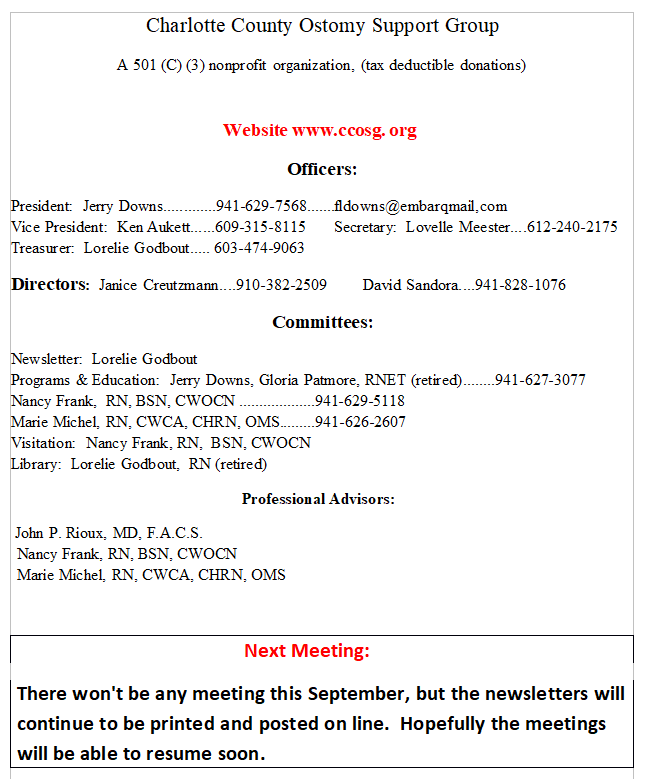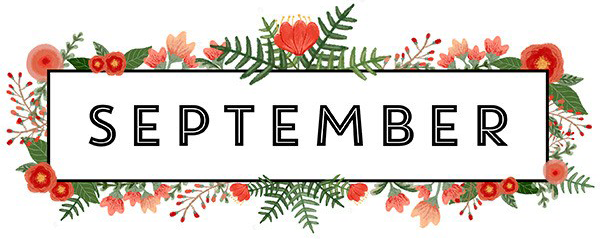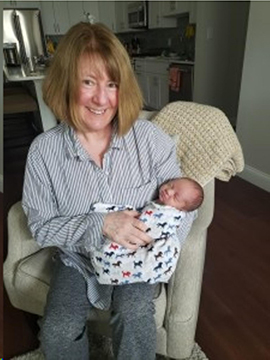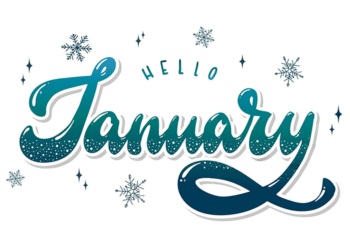Newsletter for September 8, 2020
Happy Labor Day and September
I hope everyone had a nice summer and stayed happy and healthy through this very trying time. I know I have kept very busy with many projects around the house and helping my husband with his health issues and all his projects.
Up North the trees are starting to turn colors and the air is starting to turn cooler and everywhere you look there are pumpkins, brightly colored Mums and colorful scarecrows as many people are starting to decorate for fall.
UOAA sent me several articles I could use in the newsletters. Here are a few of the articles I thought would be helpful through this stressful time. I also included Annemarie Finn’s story.
Stress and Coping
Excerpts from www.cdc.gov via “It’s in the Bag”, Niagara Ostomy Association
The outbreak of Cronavirus disease 2019 (COVID-19) may be stressful for people. Fear and anxiety about a disease can be overwhelming and cause strong emotions in adults and children.. Coping with stress will make you, the people you care about, and your community stronger.
Everyone reacts differently to stressful situations. How you respond to the outbreak can depend on your background, the things that make you different from other people, and the community you live in.
Stress during an infectious disease outbreak can include:
Fear an worry about your own health and the health of your loved ones
Changes in sleep or eating patterns
Difficulty sleeping or concentrating
Worsening of chronic health problems
Increased use of alcohol, tobacco, or other drugs
People with pre-existing mental health conditions should continue with their treatment and be aware of
new or worsening symptoms.
Taking care of yourself, your friends, and your family can help you cope with stress. Helping others cope with their stress can also make your community stronger.
Things you can do to support yourself:
Take breaks frrom watching, reading, or listening to news stories, including social media. Hearing about
the pandemic repeated can be upsetting.
Take care of your body. Take deep breaths, stretch, or meditate. Try to eat healthy, well balanced meals,
exercise regularly, get plenty of sleep, and avoid alcohol and drugs.
Make sure to unwind. Try to do some other activities you enjoy.
Connect with others. Talk with people you trust about your concerns and how you are feeling. Call your
healthcare provider if stress gets in the way of your daily activities several days in a row.
Preparing for Disaster With An Ostomy
Whether you are living in a n area often affected by natural disasters or not, it is important to plan ahead if you are living with an ostomy. These tips may help you to feel more confident in the event of a disaster or severe weather.
The Federal Emergency Management Agency (FEMA) suggests that if you take medicine or use medical
supplies on a daily basis, be sure to have what you need on hand to make it on your own for at least 7-20 days.
If you don’t already use a moldable skin barrier, consider trying one now. In the event you do not have
access to scissors, moldable skin barriers may be easier to manage when displaced from your home.
Keep a copy of your prescriptions, dosage or treatment information and medical insurance information
with your emergency supplies.
Hydration is important. If you have advance notice of a potential disaster situation, make sure you have
enough clean drinking water on hand for at least three days. If you do not have advance notice, consider
water sanitation devices available from camping or outdoor equipment retailers.
If possible with your personal dietary needs, find some non-perishable, ostomy-friendly foods to keep with
your emergency supplies. For suggestions o what foods may work for you, consult with your healthcare
provider.
Disposable cleansing wipes may be helpful if your normal pouch change routine is altered due to lack of
clean water. Consider keeping cloths with you emergency supplies.
Review your emergency plan with your family and friends. Having a support system is the event of
disaster may increase your confidence in handling various situations.
Editor’s note: This educational article is fom UOAA digital sponsors, Coloplast. Sponser support helps to maintain our website www.ostomy.org and the free trusted resources of UOAA, a 501(c)(3) nonprofit organization.
Packing a Bag Eases My Mind
By Ellyn Mantell, The Union County Ostomy Support Group of New Jersey
If I had learned anything from 23 years of surviving small bowel obstructions, it was to always have a hospital bag at the ready. And just as a pregnant couple have a dialogue for “when it is time” to go to the hospital or call the midwife, Bruce an I had an unnecessary-to-speak dialogue prepared for when it was time to rush me to the Emergency Room. He could tell by my coloring other tell tale signs that this obstruction wasn’t likely to resolve itself. I would need medical and probably surgical intervention. He would grab the bag as I said my silent “goodbye” to my home praying I would return.
Fortunately, thanks to Lily, my illeostomy, my life has changed dramatically, and I have not a need for that hosptial bag for 6 years. However, as the reality of the threat of hospitalization due to COVID 19 is increasing, this morning I packed my hospital bag for what we hope will never happen.
Since we have no idea who is not immune to the virus, we have to assume we all are vulnerable. Most will ride out the symptoms at home and many may not even be aware they have or are carrying the disease. But for those of us who will need acute medical attention, having packed recommend packing three weeks of supplies in our bag. I recognize that not everyone has extra supplies, but if there was a ever a time when accessing extras is indicatedand if possible to obtain, this is the time…peace of mind goes a very long way.
My bag is brightly colored and easy to spot for Bruce. It has toiletries, including toothbrush, toothpaste, and mouthwash, deodorant, razor, etc., as well as underwear. Additionally, and most importantly, I have my three weeks worth of ostomy supplies packed. I have a high output pouch, so it is important I provide my own. I have tried to make things as easy for my nurse that would have my care since he or she has so many other demands. I am not adding anything else, such as reading materials, etc., because who knows what lives on them. I will, however grab my phone and identification/insurance cards. As you may note, I am very rational and sane as I write this…I am not struggling to breath and can think through what needs to be done. In truth, I know
that may not be the case if breathing becomes labored and fear sets in…all the more reason to do this now.
I recommend each and every person have a plan in place for what he or she will do if illness takes over. The plan does not have to extensive, but walking through it in your mind may really make the difference between panic and logical thinking. Like in an airplane, “in the unlikely event..” My hope is that our bag remains unused, those supplies return to their place in our closets , and we look back and breathe a huge sigh of relief
PATIENT STORIES, PERSONAL, UROSTOMY
ANNEMARIE FINN’S STORY
Bladder cancer and urostomy surgery do not stop Annemarie from living her best life.
I am a bag lady. I am highly educated and employed, yet carry a bag wherever I go. I don’t leave home without it. Because of bladder cancer, I have a urostomy. Like many other women, it took some time for my diagnosis. At 57, many of the symptoms I experienced were attributed to my age: menopause, UTIs, kidney stones, fibroids, etc. Thanks to the fibroids, I was scheduled for an ultrasound. It was my gynecologist who found the bladder tumor. She referred me to a urologist. In fact, she insisted. Her office called to make sure I followed through. I met that week with a local urologist. He did a scope. I saw him look at the nurse, concern written on both their faces. He started talking about surgery and apologizing for the diagnosis. In my naivete’, I had gone to the appointment by myself. I don’t remember him even saying the words, but I had bladder cancer.
Scans and a transurethral resection of a bladder tumor (TURBT) were scheduled for the following week. Usually an outpatient procedure, I was in the hospital for 4 days due to heavy bleeding after the TURBT. The tumor was large and the doctor couldn’t get it all but he thought it had penetrated the muscle. Unfortunately, the pathology was inconclusive so he did another TURBT the following week. The outcomes were exactly the same so we both decided my best chances were for a second opinion at Dana-Farber Cancer Institute in Boston. Throughout our discussions, he explained what my future might entail. It looked likely that they were going to have to remove the bladder and I would either have a new “bladder” or a bag. Quite honestly, I had no idea what it entailed, but I was horrified.
Dana-Farber is an amazing place. I had a whole team in place: a medical oncologist, an oncology urologist, a nephrologist, among others. The plan was an MRI to confirm the tumor’s pathology, a nephrostomy tube, chemotherapy and, if the cancer had not spread, a radical cystectomy. If it had spread, I would not need surgery but would be eligible for palliative care. Who would have thought surgery is the best case scenario. Due to claustrophobia, and despite anesthesia and Ativan, I moved so the MRI was inconclusive. I needed another TURBT. Thanks to my new amazing surgeon, the tumor was removed and the passage to my kidney was cleared. The pathology of the tumor showed no spread to the muscle and an ultrasound showed no more kidney hydronephrosis. Even better, I would no longer require chemotherapy. I did try immunotherapy with BCG but it did not work. The cancer was aggressive so we had to treat it aggressively. My radical cystectomy was scheduled for January 25, 2019.
It took me a long time to get there. I even asked what would happen if I did not receive the surgery. I would be dead in a year.
Wow, that was sobering. Because of the proximity of the tumor, I did not qualify for a neobladder. I would have to have a urostomy. Every time I talked about it, or even thought about it, I cried. I felt like I was going to be a freak. I offered my husband a divorce if he wanted one. I was devastated and frightened. I have learned that fear of the unknown and our imaginations are far worse than the reality. While so much of what had happened to me was out of my control, I did have control over one thing: HOW I handled everything. I decided knowledge was power. I was fortunate. My hospital had a class for urostomy candidates. For the first time, I was able to see an actual urostomy pouch. I was given hands-on instruction on how to change a bag. I met ostomy nurses (the best people in the world!) who would be helping me.
I decided I would be the one to handle my changes, right from the start. I would take control.
My surgery lasted 7 hours. I needed a transfusion but things went well otherwise. The surgery was not easy. People have described it as feeling like you were hit by a bus. I never really had any pain. It was easily managed with Tylenol. However, I was so weak. I eventually needed an iron transfusion. The one thing I wish I had gotten for my return home was a shower chair. Showers were the worst for me. It took me two months to feel more like myself and another month before I felt ready to return to work. I also cannot say enough about getting a good ostomy nurse. I have been described as a delicate flower (surprising to those who know me). I have very sensitive skin. The nurse was a Godsend to me in trying to manage all of my skin issues. After my visiting nurse visits ended, I continued to see the ostomy nurses at the hospital where I had my surgery. It took a year but, through trial and error, I finally have gotten a handle on things.
I had a few leaks. They were usually caused by user error. They were not the huge floods I expected. Honestly, none of this was as awful as I expected. So many people said this would be my “new normal”. I can’t stand that term. I call it my new reality. There isn’t anything normal about having a urostomy. However, it is very doable. I now wear two-piece bathing suits. I didn’t before. I am wearing the same clothes as I did before. I can kayak, hike, ride my bike, swim for hours, anything I did before. I was here for the birth of my first grandchild. I am back to work, a job that I love. I am not shy about talking about my bag to others. It is not a secret. In fact, I am kind of proud of it. I am alive and life is good.





